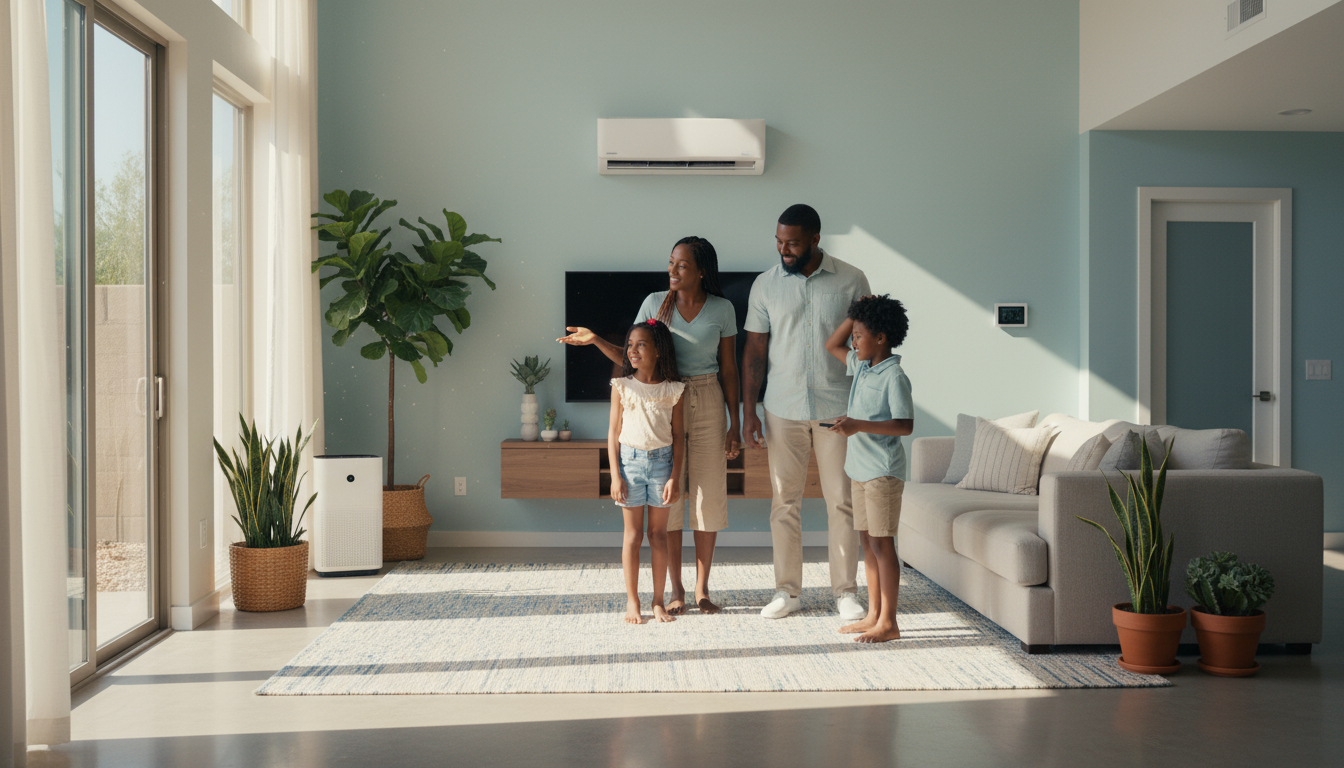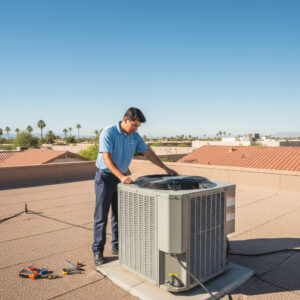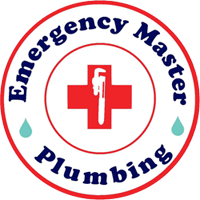

Preparing your HVAC system for summer in Phoenix involves essential maintenance steps to ensure efficient cooling and prevent breakdowns during extreme heat. By following a structured checklist, homeowners can avoid costly repairs and maintain indoor comfort when temperatures soar above 100°F.
Introduction to Phoenix Summer HVAC Challenges
Phoenix’s scorching summers, with average highs often exceeding 110°F, put immense strain on HVAC systems. Without proper preparation, your air conditioner may struggle, leading to higher energy bills, reduced efficiency, or complete failure during peak heat waves. This guide provides a comprehensive, step-by-step approach to readying your system, drawing from expert insights in HVAC maintenance tailored to the desert climate. We’ll cover preventive measures, common problems, and solutions to help you stay cool and save money.
Understanding Your HVAC System Basics
Before diving into preparation, it’s crucial to grasp how your HVAC system works in Phoenix’s unique environment. Most homes here rely on central air conditioning units, often paired with heat pumps or furnaces for year-round use. The system includes components like the condenser unit outside, evaporator coils inside, thermostat, ductwork, and filters.

In extreme heat, dust and debris from the desert air can clog these parts, reducing airflow and efficiency. According to HVAC experts, systems in arid climates like Phoenix lose up to 20% efficiency without regular upkeep due to mineral buildup and sand accumulation. Recognizing signs of wear—such as unusual noises, weak airflow, or rising utility bills—allows for timely intervention.
To address this, start with a self-assessment. Inspect your outdoor unit for visible damage or blockages, and check indoor vents for dust buildup. If you’re unsure, consulting a professional early can prevent minor issues from escalating into emergencies.
Step-by-Step HVAC Preparation Checklist
Follow this detailed checklist to prepare your system effectively. Each step is designed to solve common Phoenix-specific problems like heat-induced wear and energy inefficiency.
Schedule Professional Maintenance
Begin with a professional tune-up at least once before summer. Technicians will clean coils, check refrigerant levels, and inspect electrical connections. In Phoenix, where systems run nearly constantly from May to September, this service can improve efficiency by 15-20%, per energy guidelines.
During the inspection, professionals address issues like low refrigerant, which causes the system to work harder and freeze up. They also calibrate the thermostat for accurate temperature control, preventing overcooling that spikes bills.
Clean or Replace Air Filters
Dirty filters are a top culprit for poor HVAC performance in dusty Phoenix. Replace disposable filters every 1-3 months, or clean reusable ones monthly. This simple task enhances airflow, reduces strain on the blower motor, and improves indoor air quality by trapping allergens and dust.
For problem-solving, if you notice reduced cooling, check filters first—clogged ones can increase energy use by 15%. Opt for high-MERV rated filters suitable for desert environments to capture fine particles without restricting airflow.
Inspect and Clean Ductwork
Leaky or dirty ducts waste up to 30% of cooled air, a significant issue in Phoenix’s hot attics. Visually inspect accessible ducts for gaps or dust, and seal leaks with mastic or foil tape. Professional duct cleaning every 3-5 years removes accumulated debris, solving problems like uneven cooling between rooms.
In older homes, ducts may have settled dust from monsoons, leading to mold if humidity rises. Addressing this prevents health issues and ensures consistent temperatures throughout your home.
Clear the Outdoor Condenser Unit
The outdoor unit needs at least 2 feet of clearance for proper airflow. Remove debris like leaves, grass clippings, or desert sand that accumulates around it. Gently hose down the coils to remove dirt, but avoid high pressure to prevent fin damage.
This step solves overheating problems common in Phoenix, where ambient temperatures can cause the unit to shut down. Regular clearing maintains heat exchange efficiency, keeping your system from cycling excessively.
Test Thermostat and Controls
Upgrade to a programmable or smart thermostat if you haven’t already. Test its accuracy by comparing readings with a separate thermometer. In Phoenix, setting it to 78°F during occupied hours can save 10% on cooling costs, according to utility experts.
If your thermostat is outdated, it may cause short cycling, leading to uneven cooling and higher wear. Calibrating or replacing it resolves these inefficiencies, providing precise control tailored to summer demands.
Check Refrigerant Levels
Low refrigerant often stems from leaks, causing the system to blow warm air. While you can’t check this yourself, watch for symptoms like ice on coils or hissing sounds. A professional recharge and leak repair ensure optimal performance.
In Phoenix’s heat, proper levels prevent compressor failure, a costly repair averaging $1,500. Early detection through annual checks solves this by maintaining cooling capacity.
Lubricate Moving Parts
Motors and fans require lubrication to reduce friction. Without it, parts wear out faster in continuous operation. Professionals handle this during tune-ups, but if you’re handy, use manufacturer-recommended oil on accessible points.
This maintenance extends system life, addressing noise and inefficiency problems exacerbated by dry desert air.
Ensure Proper Insulation
Insulate exposed ducts and pipes to prevent energy loss. In attics, add insulation around the unit to shield it from radiant heat. This solves condensation issues and improves overall efficiency.
Phoenix homes benefit from R-30 insulation levels, reducing cooling loads and preventing hot spots.
Common Summer HVAC Problems in Phoenix and Solutions
Phoenix residents face unique challenges like haboobs (dust storms) that overload systems with particulates. A frequent issue is capacitor failure from heat stress, causing the unit to hum but not start. Solution: Have capacitors tested and replaced proactively.
Another problem is thermostat malfunctions due to power surges during monsoons. Install surge protectors and backup batteries to mitigate this.
High humidity from occasional rains can lead to mold in ducts. Use dehumidifiers and ensure proper drainage to solve moisture buildup.
Overloaded circuits from simultaneous appliance use strain the HVAC. Upgrade your electrical panel if needed, and stagger usage.
Finally, poor installation in older systems causes chronic inefficiencies. A professional audit identifies and corrects these, ensuring long-term reliability.
Energy-Saving Tips for Phoenix Summers
Beyond preparation, adopt habits to maximize efficiency. Use ceiling fans to circulate air, allowing you to raise the thermostat by 4°F without discomfort. Install window treatments to block solar heat gain, reducing cooling needs by 20%.
Program your thermostat to higher settings when away, and avoid setting it below 72°F to prevent system overload. Regular filter changes and sealing home leaks further cut costs.
Consider energy-efficient upgrades like variable-speed compressors, which adjust to Phoenix’s variable heat loads, saving up to 30% on bills.
When to Call a Professional
While DIY steps help, certain issues require expertise. Call if you hear grinding noises, notice water leaks, or if the system fails to cool below 80°F. In emergencies, like during a heat wave, prompt service prevents health risks from extreme indoor heat.
Professionals provide warranties and use specialized tools for thorough diagnostics, ensuring compliance with safety standards.
Long-Term HVAC Maintenance Strategies
For sustained performance, create a year-round plan. Schedule bi-annual inspections—spring for cooling, fall for heating. Keep a maintenance log to track filter changes and repairs.
Invest in a maintenance contract for priority service and discounts. This proactive approach minimizes downtime in Phoenix’s unforgiving climate.
Educate yourself on system lifespan: Most units last 10-15 years here due to heavy use. Plan replacements accordingly to avoid summer surprises.
Conclusion: Stay Cool and Efficient This Summer
By following this guide, you’ll prepare your HVAC system to handle Phoenix’s intense summers reliably. Regular maintenance not only solves immediate problems but also extends your system’s life and lowers costs.
For expert assistance, we recommend Emergency Master Plumbing & Air. With years of experience serving the Phoenix area, they offer comprehensive HVAC preparation services to keep your home comfortable. Contact them at 623-584-4706 for a professional tune-up today.
